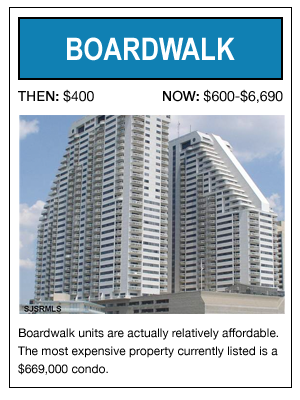From CNBC:
New Crop of Foreclosures Is Coming
While fewer Americans are falling behind on their mortgage payments, the huge backlog of already delinquent mortgages is finally making its way through the banking system to foreclosure.
Total foreclosure activity rose in the first half of this year from the previous six months, according to online foreclosure sale site RealtyTrac, driven by a jump in new foreclosure actions by lenders.
“Those foreclosure starts are welcome news for prospective buyers and real estate brokers in many local markets where a shortage of aggressively priced inventory has been holding up sales activity. Markets with increasing foreclosure starts will likely see more distressed inventory for sale in the form of short sales and bank-owned properties in the second half of the year,” said Brandon Moore, CEO of RealtyTrac.
…
While many of the previously hard-hit markets are seeing declines in foreclosures, other cities are seeing big gains. Foreclosure activity increased more than 20 percent from second half of 2011 in Tampa (47 percent), Philadelphia (30 percent), Chicago (28 percent), New York (26 percent), and Baltimore (21 percent).
From Bloomberg:
Foreclosure Filings Increase in 60% of Large U.S. Cities
Foreclosure filings rose in almost 60 percent of large U.S. cities in the first half of 2012, indicating many areas will have more distressed homes on the market later this year, RealtyTrac Inc. reported.
More than 1 million homes in metropolitan areas with populations of at least 200,000 received notices of default, auction or repossession, up 1.5 percent from the last six months of 2011, the Irvine, California-based data provider said today in a statement. Among the 20 largest markets, Tampa, Florida; Philadelphia; Chicago and New York City had the biggest percentage increases in filings.
The gain in foreclosure actions followed a probe into abusive lender practices that delayed bank seizures nationwide. More repossessions will buoy deals “in many local markets where a shortage of aggressively priced inventory has been holding up sales,” RealtyTrac Chief Executive Officer Brandon Moore said in the statement.

